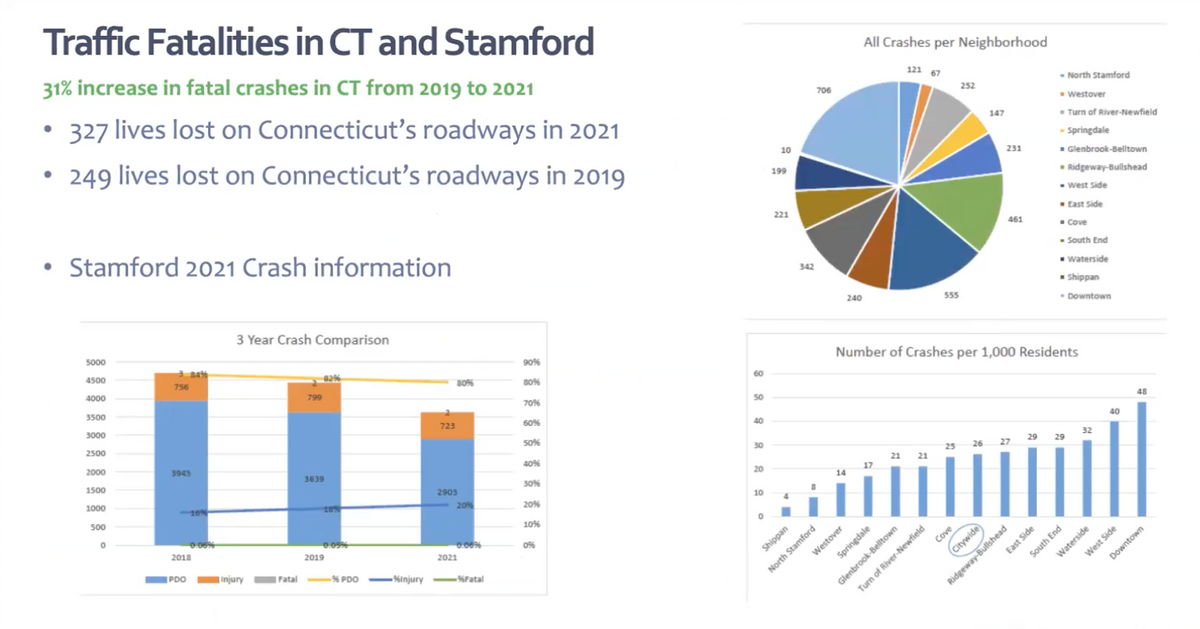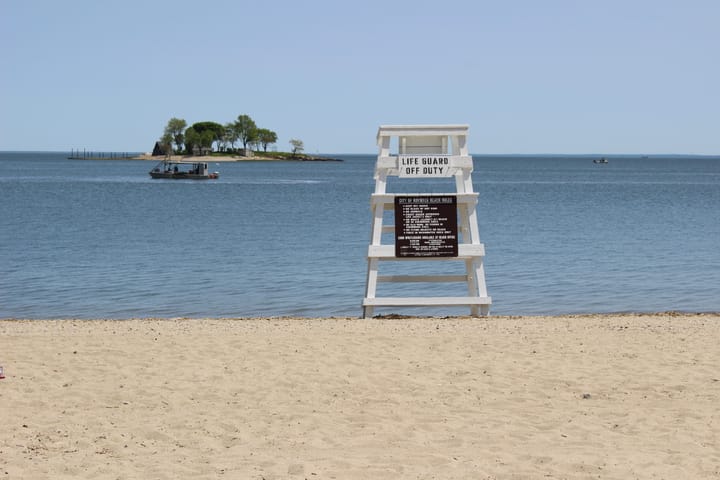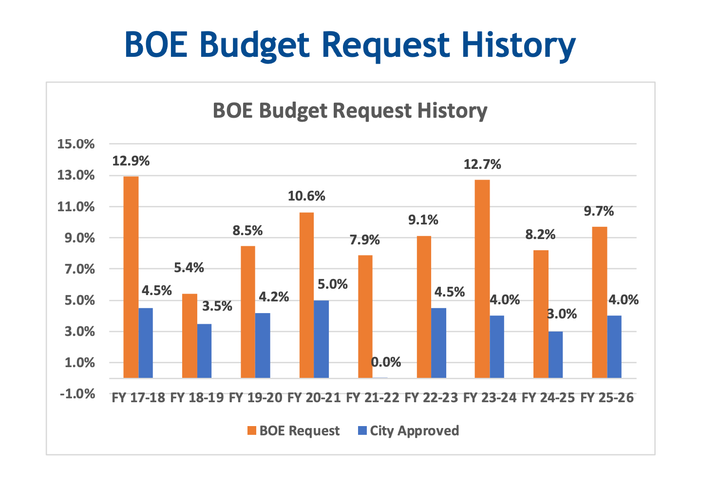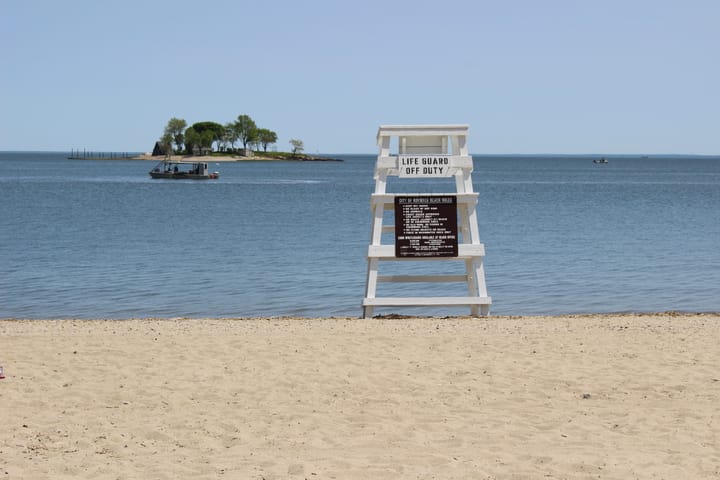Stamford Approves Resolution Asking for Automated Traffic Safety Cameras
Stamford's Board of Representatives passed a resolution asking the state to allow municipalities to use traffic automated safety cameras, particularly in school zones.

Fewer than 10 states in the country don’t allow for automated traffic safety cameras—Connecticut being one of them.
The Stamford Board of Representatives hopes that the legislature will reconsider that this session and allow municipalities to install automated traffic cameras — particularly in school zones. Right now, members of the Board of Representatives say because the state doesn’t allow municipalities to utilize these cameras, this resolution is the strongest action they can take.
The cameras take pictures of license plates from cars that are speeding in designated areas, such as a school zone, and then those photos are used by law enforcement to issue speeding tickets.
The resolution calls on the state legislature to “enact a statewide law permitting the use of automated speed safety cameras within a reasonable distance of school property.”
City officials at the State and Commerce Committee meeting in June cited increases in the number of crashes and accidents across the state and country as a reason to consider supporting the cameras.
Across the country, there is a “traffic fatality pandemic,” according to Luke Buttenwieser, who serves as a traffic analyst intern in the city’s Department of Transportation, Traffic, & Parking.
Almost 43,000 people died in traffic fatalities nationwide in 2021—a 16-year high—up from 36,096 just two years before in 2019, Buttenwieser said. Pedestrian fatalities were up 13% in 2021 and fatalities in speeding-related crashes were also up 5%.
While the board voted 27–7, with two members abstaining, some members were strongly against the decision.
Representative Nina Sherwood said that “there’s also problems with speed cameras.”
“One that comes to mind—these speed cameras do not positively identify the driver,” she said.
Because the camera relies on the license plate, the car owner is the one who receives the fine, even if the driver is someone different, such as a spouse or child.
Sherwood also said in some of her research, she found that people sometimes drive erratically when they see speeding cameras, such as stopping suddenly.
“The idea that they are going to make the city safer doesn’t really add up,” she said.
Representative Bradley Bewkes said that his no vote was not against making school zones safer, but that he would rather police officers enforce the speed limits instead of a camera.
“It would be a yes vote for more real police officers,” he said. “When you think about driving, where do you slow down the most? When you see police officers.”
Bewkes also said he was worried about “the law of unintended consequences here.”
“I’m not sure that automated policing solves as many problems as actual real policing,” he said.
Representative Jonathan Jacobson, who had been one of the resolution’s chief supporters, pushed back on the concerns, noting that speeding is a huge issue in his district and others.
“Everyone speeds in Stamford—There’s a culture of poor driving. It’s a pandemic in southwest CT,” he said. “I can’t get from North Stamford to 95 without witnessing two near accidents.
Jacobson said that the cameras were one way to help try and address speeding.
“There are aggressive drivers all around and here at home, we suffer the consequences,” he said.
Others noted that the police department is understaffed and does not have the resources to conduct traffic enforcement at every school to capture those driving recklessly.
“We’ve always been short staffed on our police force—we do have crime and we have to dedicate resources,” Representative Daniel Sanford said.
He noted that these cameras can help the city “prevent an accident and another tragedy.”
The next step is now waiting to see if the state legislature takes up the issue this session.



